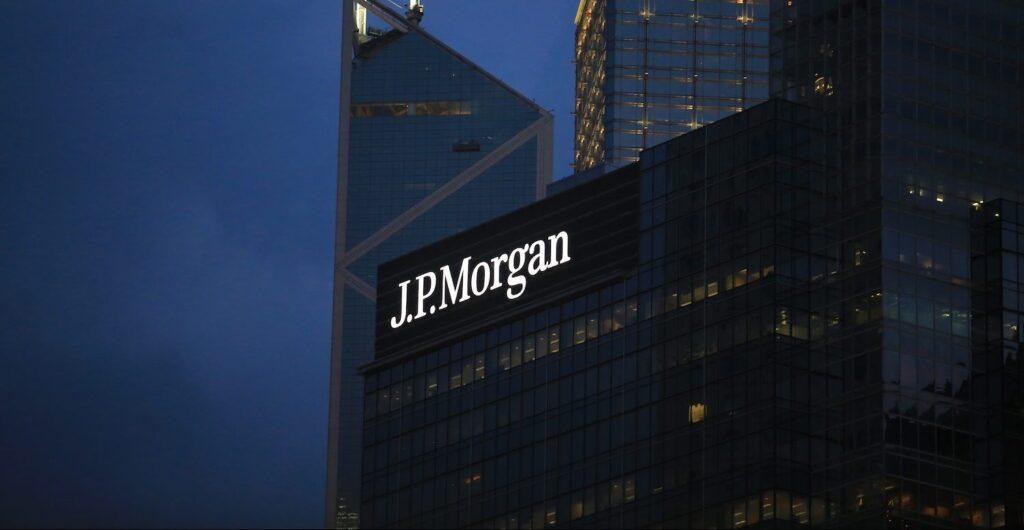The EU’s MiCA regulations, which came into force on December 30, will likely boost euro-denominated stablecoins, JPMorgan (JPM) said in a research report on Wednesday.
“Under MiCA, only supported stablecoins can be used as trading pairs on regulated markets, leading EU exchanges to adjust their offerings,” wrote analysts led by Nikolaos Panigirtzoglou.
This has resulted in compliant stablecoins, such as Circle’s EURC, gaining traction, while non-compliant stablecoins, such as Tether’s EURT, faced challenges, the Wall Street bank said. .
A stablecoin is a type of cryptocurrency designed to maintain a stable value and is generally pegged to the US dollar, although other currencies and commodities such as gold are also used.
Under the new rules, issuers of stablecoins like Tether must hold significant reserves in banks based in Europe and must obtain licenses to trade, the report notes.
This has led Tether to discontinue its EURT stablecoin and has resulted in the delisting of USDT from several EU-based exchanges, JPMorgan said.
The stablecoin issuer said in November that it would phase out its euro stablecoin, and that users would be able to redeem tokens for up to 12 months.
Still, Tether remains a “dominant force” in the global stablecoin market despite these challenges, the bank said, adding that it is widely used in Asian markets where there are fewer restrictions.
Tether’s investment in MiCA-compatible stablecoin issuers, such as Quantoz Payments, shows its commitment to maintaining a presence in the EU, the report added.
The company said in December that it had also invested in European stablecoin issuer StablR.
Read more: Tether invests in MiCA-compatible stablecoin issuer StablR




